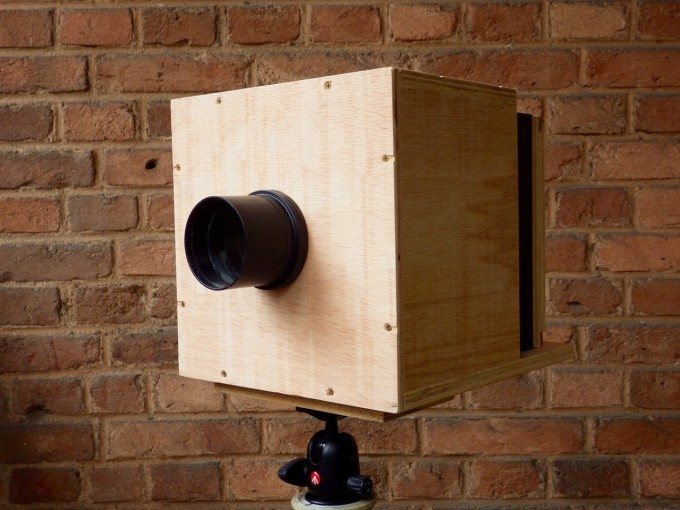This is a syndicated blog post from Roger H. Sassaki. It is being republished with permission.
Can we build our own camera for chemical photographic processes?
The design of the camera Oca was born of talks between the photographer Guilherme Maranhão and I (Roger Sassaki) about the difficulty that our students and colleagues have to find a large format camera to continue the photographic practice of our courses. We talked a lot about how cool it would be to develop a camera that could be used by each person during a workshop a few days. Guilherme started by using the films in plates for X-rays in their research and work and I use large format cameras for shooting calotypes and wet collodion plate. Thus, the Oca is designed to accept in its chassis capture processes plaques, either in wet or dry processes and also with photographic film in plates to the size of 13x18cm (5 × 7-inch) or square format 16x16cm.
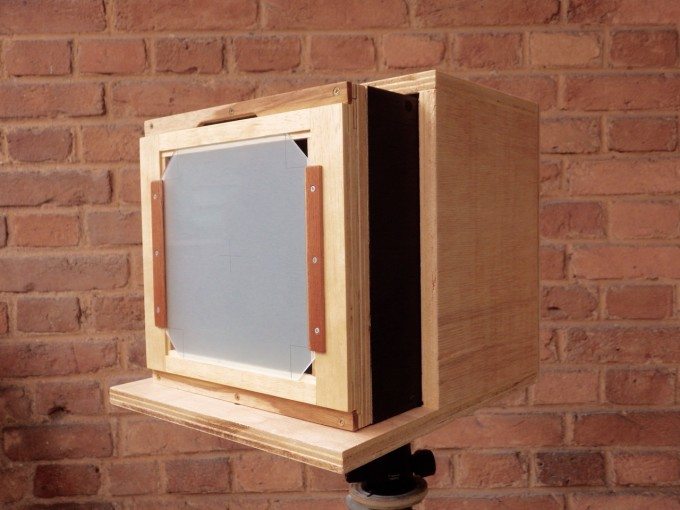
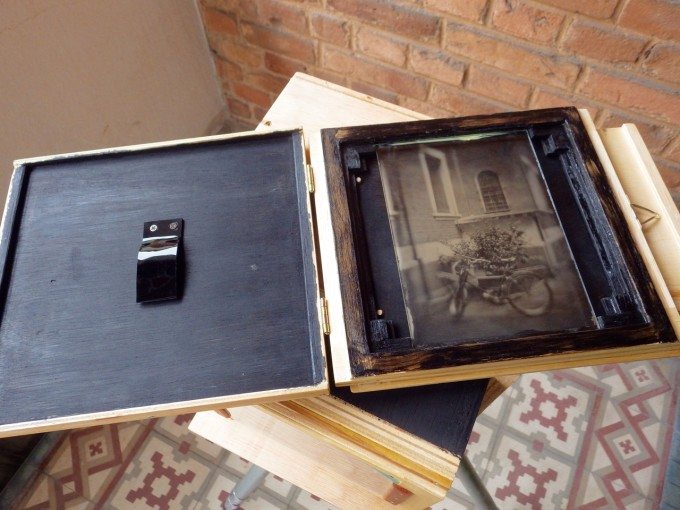
The Oca Camera is a mix of models from the beginning of photography and some subsequent solutions. It is not a replica of any model that existed. It is based on sliding boxes to adjust the focus and the exchange of unpolished parts to the sealed chassis holdingthe photosensitive plate. The chassis has some characteristics of cameras made for wet plate collodion in the 19th century. The objective is a model that uses symmetrical achromatic lenses that do not have a diaphragm, which are called “Waterhouse” aperture lenses.
The choice of materials and design solutions also took into account the simplicity of construction, availability, low cost of parts and the ability to be assembled by one person without skills in carpentry and without heavy machinery, only simple tools. The Oca is delivered in pre-cut parts for bonding and light final adjustment format.
Apart from these practical purposes, we also think that the building is a great opportunity for the student to discover the photographic apparatus. During assembly the project is explained and the student can understand every thing done for it to function and its implication in the formation of the final image. We expect it to gain the necessary notions to modify the project later according to your needs.
The Tests
After building our prototype Oca, we were doing the “safe check”! The first image was made in the House Ranzini a simple scene, an Ambrotype glass.
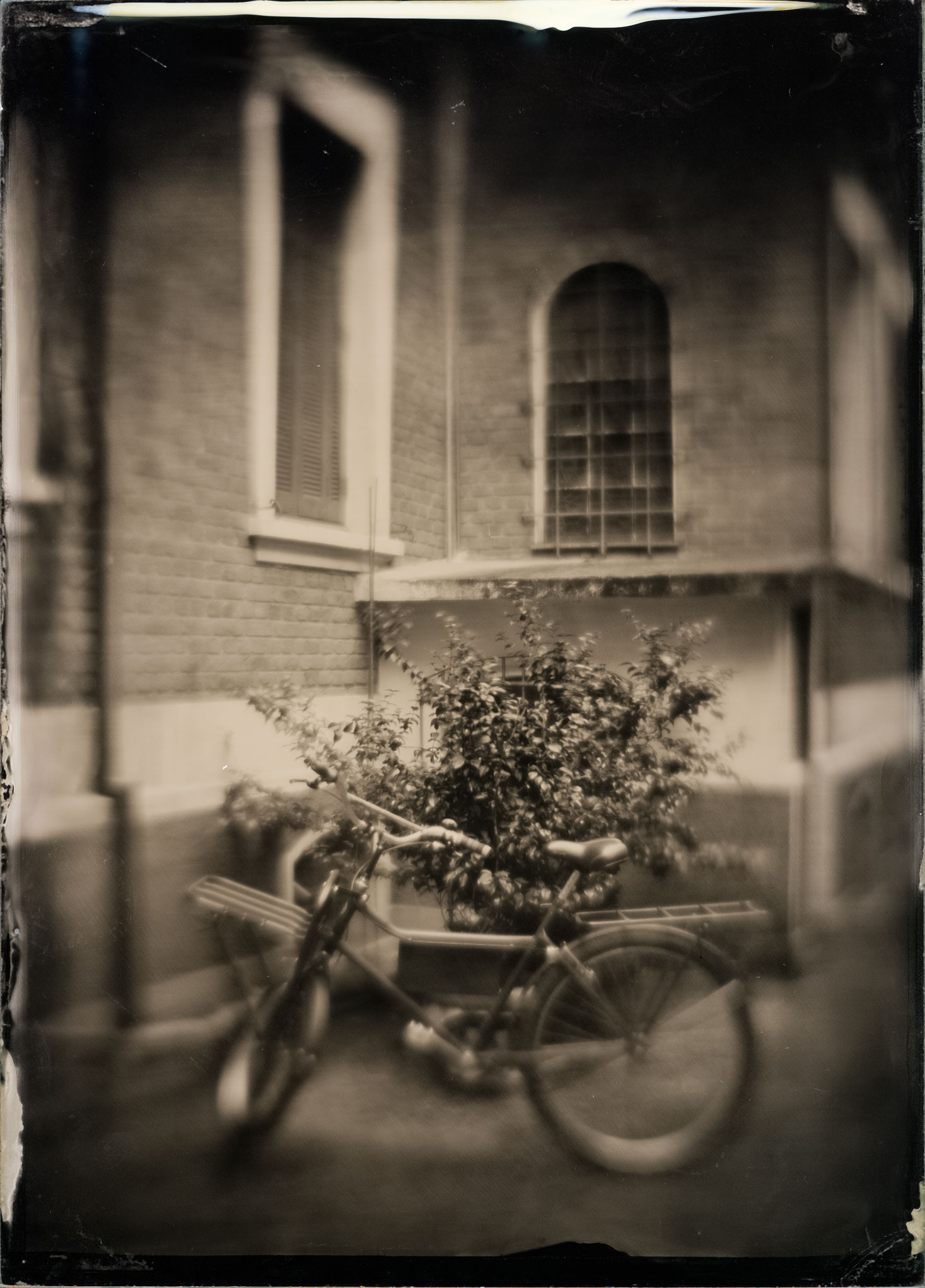
Then we test shot with an X-ray plate and choose to do a portrait of Celso Eberhardt, the super-super technician of cameras! Rare images of man in his workshop.
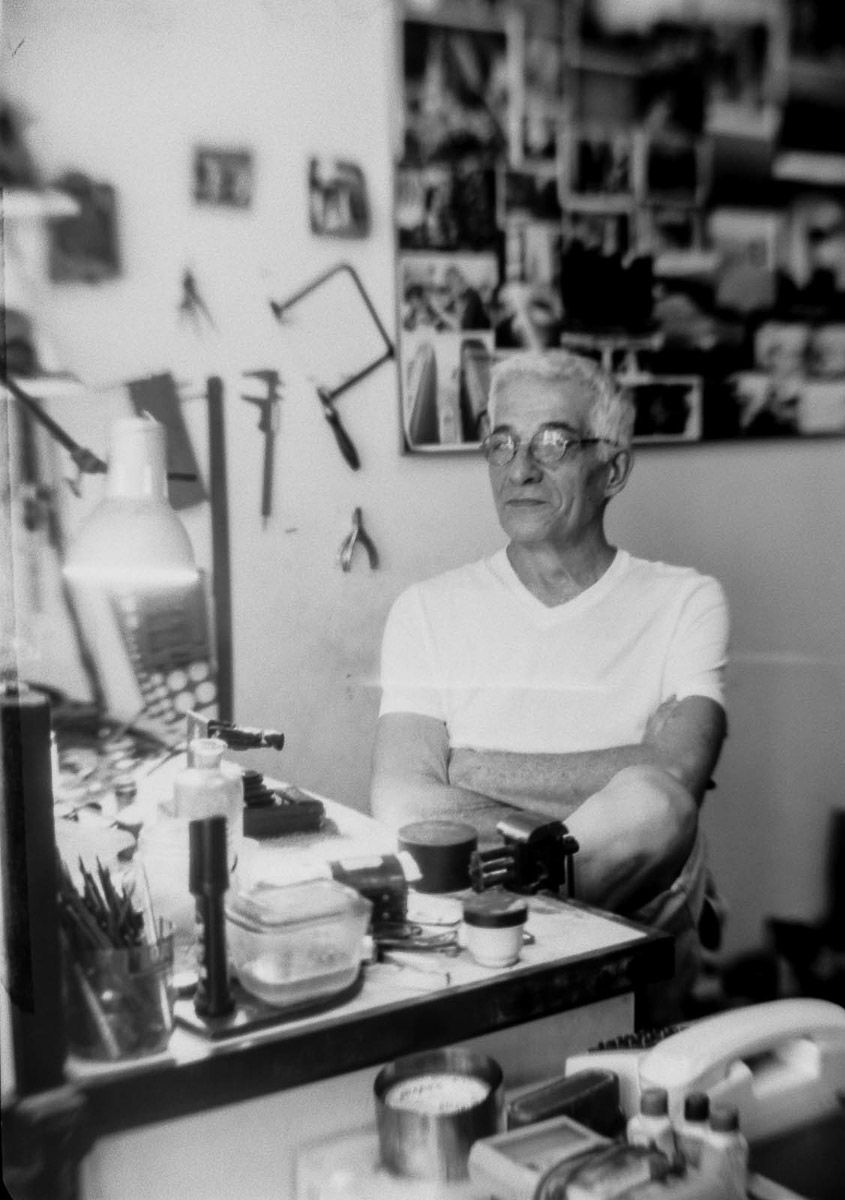
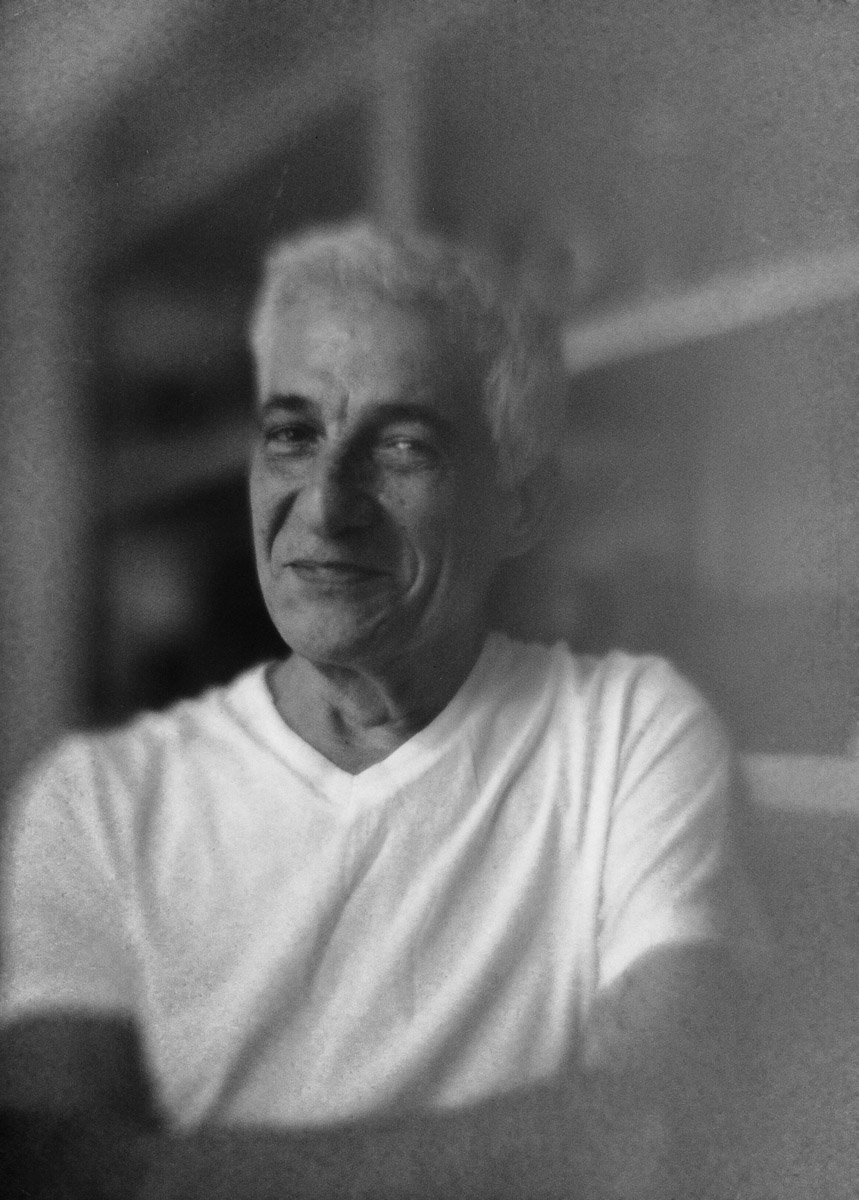
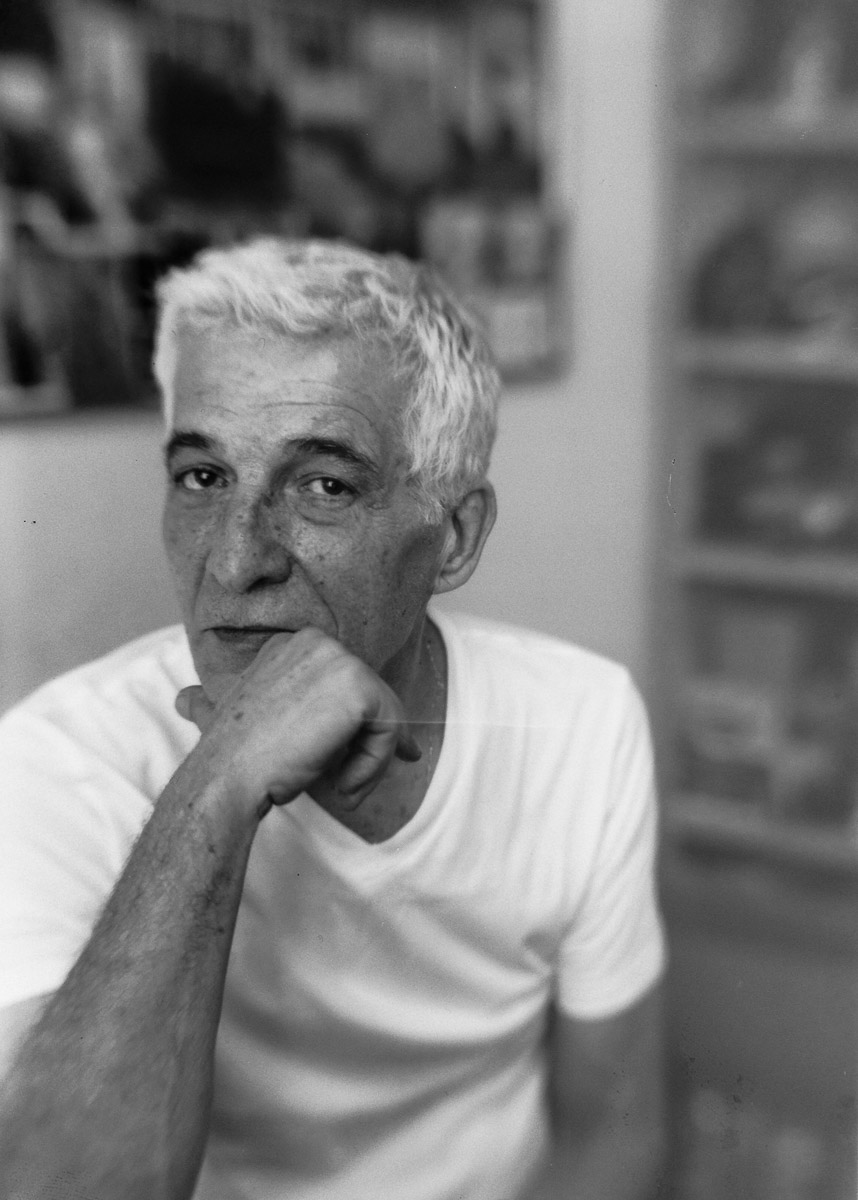
The first class of the workshop!
So we decided to see if there really are people out there wanting to build their own camera and open registration for an initial group of students. To our happiness, yes – there are!
There were 5 day workshops, three hours a day in the early morning at the William studio and a final day in my room at the Casa Ranzini to shoot with cameras ready.We were a little apprehensive how things would work but students were great in the ability to surpass the trouble, the living, help each other and sharing tools. It was great to see how carefully assembled the parts and the excitement and growing affection with their creations to as the bags of wooden slats disconnected turned into cameras.
Browse the photo gallery made during the course.


